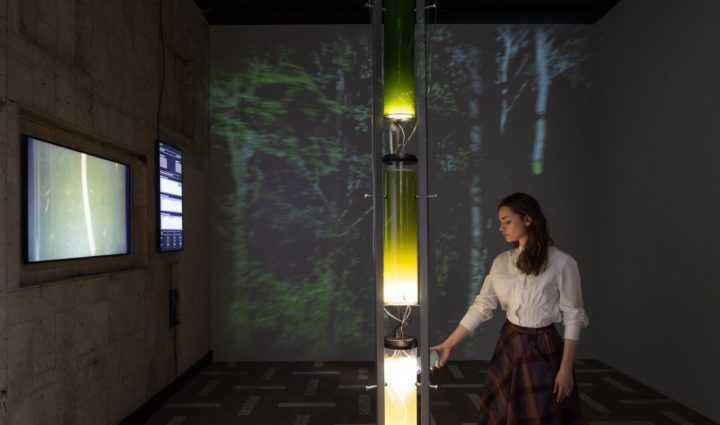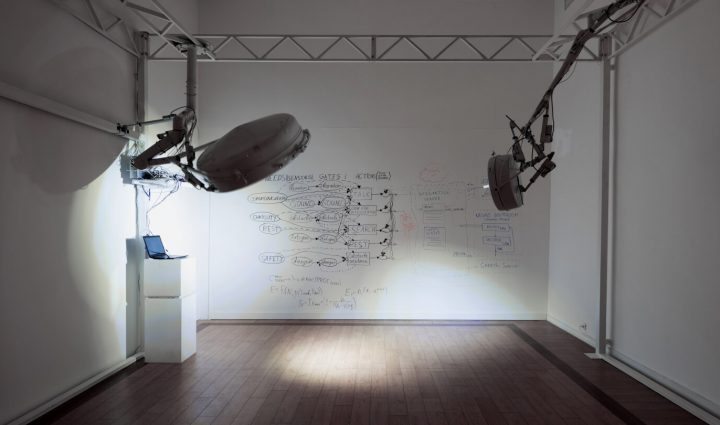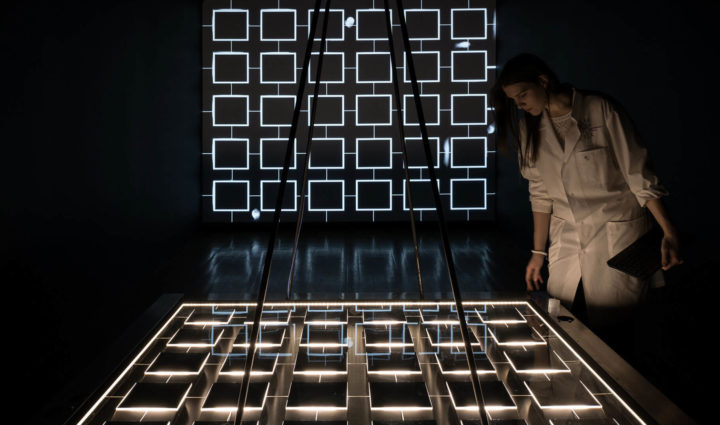A series of artist-talks with the exhibition participants take place as part of the educational program for New Elements exhibition.
Visual Data and Artificial Intelligence: Artistic strategies in the age of NFT
Online artist-talk with Anna Ridler (UK)
British artist Anna Ridler talks through her use of machine learning in a creative practice and gives a short overview of how Generative Adversarial Networks work (GAN), that she uses in her recent artistic projects.
Ridler explores the creative potential of datasets as a way of working and how AI can work not only as a tool but as a way of exploring concepts, focussing on her work The Shell Record, that was part of Sotheby’s first NFT auction, and The Shell Record: Proof of Work, presented at the exhibition “New Elements” in Laboratoria Art&Science in the New Tretyakov Gallery (Moscow, Russia).
The meeting is moderated by:
Dietmar Offenhuber — professor, curator-researcher at MIT, curator of the exhibition “New Elements” (Austria — USA).
Daria Parkhomenko — founder and artistic director of the Laboratoria Art&Science Foundation, curator of the exhibition “New Elements”.
The event is part of the UK — Russia Creative Bridge programme 2021-2022 supported by the Cultural and Education Section of the British Embassy in Moscow
Think Evolution. Online artist-talk with AKI INOMATA (Japan)
Japanese artist AKI INOMATA, the participant of “New Elements”, speaks about her past projects with living things and her current work on the growth lines of shellfish. She creates her artworks through collaborations with living creatures. Through them, she explores topics related to identity and questions the status quo.
After prospering for 300 million years, the ammonites disappeared when the dinosaurs went extinct 66 million years ago. From shell structure and fossils, it is assumed that the ammonite is closely related to the squid and octopus. The octopus has thrown away its shell in the course of evolution, but it is known to use tools such as coconut shells and bivalves to protect its soft body. Inspired by this evolutionary story, she began a journey of thought experiments to restore the shape of an excavated ammonite shell and arrange an encounter with an octopus.
Daria Parkhomenko — founder and artistic director of the Laboratoria Art & Science Foundation, curator of the exhibition “New Elements” will moderate the discussion afterwards.
The meeting broadcasts on the Laboratoria Art&Science YouTube channel in Japanese with translation in Russian.

The event is supported by the Japan Foundation in Moscow








